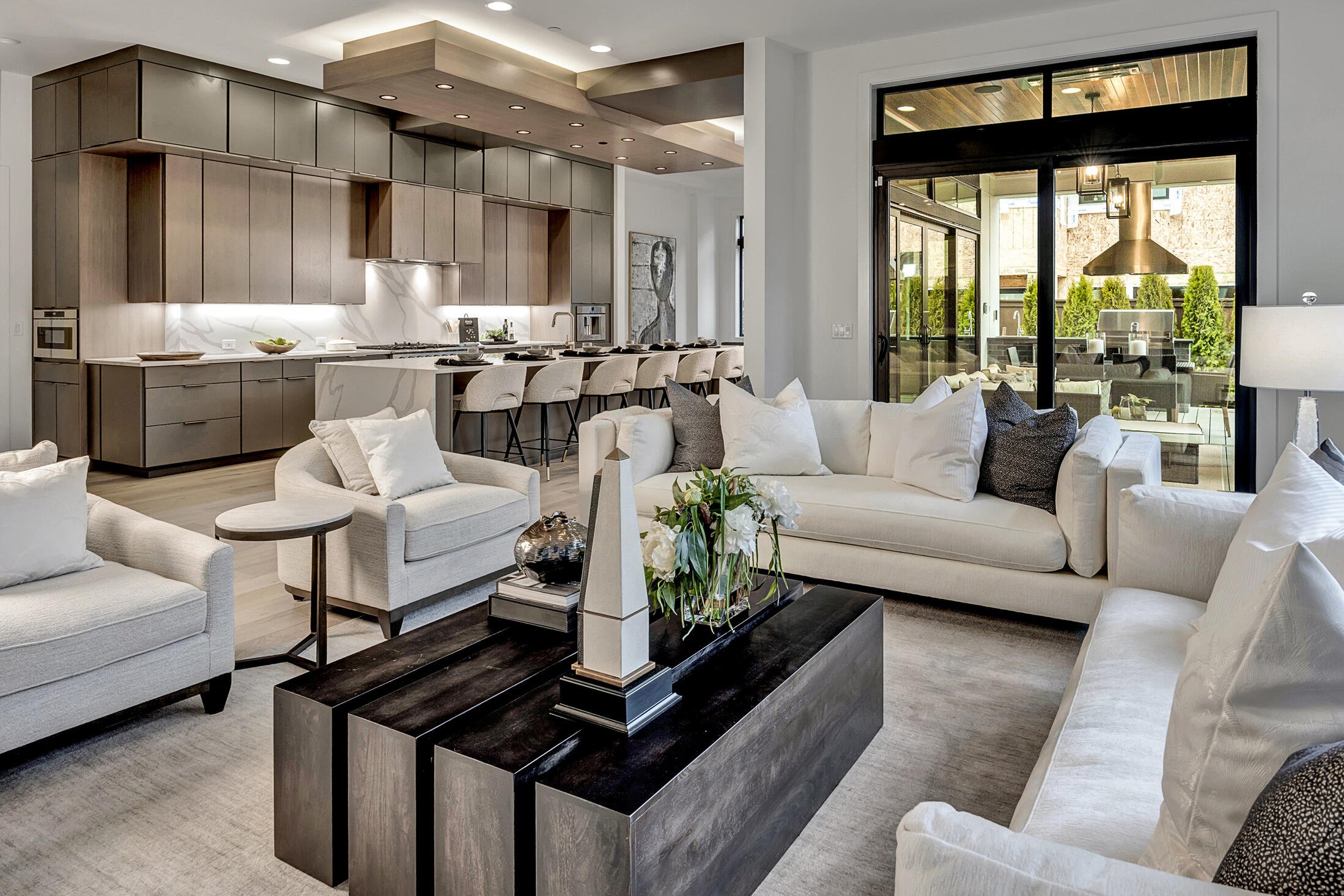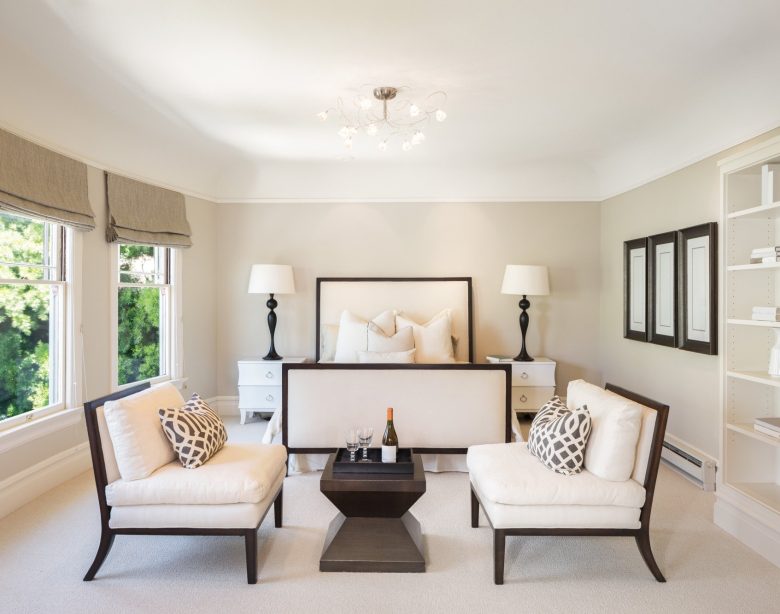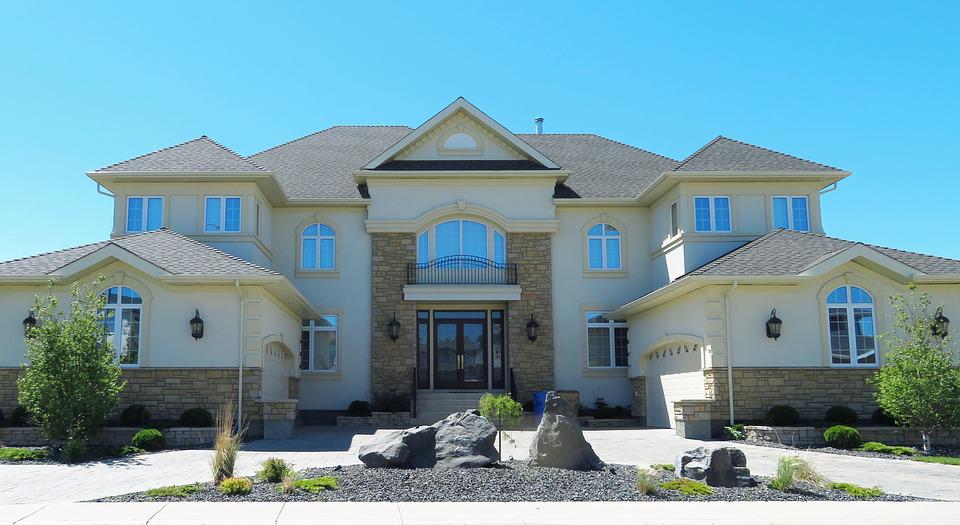Selling your home is a significant undertaking, and making a positive first impression is crucial to attracting potential buyers. Home staging is an art that involves preparing your property to showcase its best features and create a welcoming atmosphere. In this comprehensive guide, we’ll explore the do’s and don’ts of staging your home for sale, providing you with valuable insights to enhance its market appeal.
The Do’s of Home Staging
Do Declutter and Depersonalize: Decluttering is the cornerstone of effective home staging. Remove excess furniture, personal items, and unnecessary decorations to create a clean and spacious environment. Depersonalizing your space allows potential buyers to envision the home as their own.
Do Emphasize Cleanliness: A clean home is an inviting home. Pay attention to every detail, from spotless floors to sparkling countertops. Ensure that bathrooms and kitchens are immaculate, and consider professional cleaning services if necessary.
Do Highlight Key Features: Showcase the unique features of your home. Whether it’s a cozy fireplace, high ceilings, or a picturesque view, draw attention to these selling points. Use appropriate lighting to accentuate these features during showings.
Do Create a Neutral Palette: Opt for neutral colors when painting walls and selecting decor. Neutral tones provide a blank canvas for potential buyers and make it easier for them to imagine how they would personalize the space.
Do Rearrange Furniture for Flow: Arrange furniture to create a natural flow in each room. Ensure that pathways are clear and that furniture placement highlights the functionality of each space. Open up rooms by removing unnecessary pieces.
Do Maximize Natural Light: Natural light can make your home feel brighter and more spacious. Open curtains and blinds, and clean windows to allow sunlight to flood in. Well-lit spaces are often more appealing to potential buyers.
Do Stage All Spaces: Don’t neglect any part of your home when staging. Whether it’s a basement, attic, or small nook, ensure that every area is clean, organized, and purposefully staged. A well-presented home creates a positive impression.
Do Consider Curb Appeal: The exterior of your home is the first thing potential buyers see. Enhance curb appeal by maintaining a manicured lawn, trimming bushes, and adding some potted plants or flowers near the entrance. A welcoming exterior sets the tone for the entire showing.

The Don’ts of Home Staging
Don’t Overspend on Decor: While staging is essential, avoid overspending on decor and furnishings. Focus on strategic investments that enhance your home’s overall appeal without breaking the bank.
Don’t Ignore Repairs: Address any visible issues or needed repairs. Leaky faucets, peeling paint, or squeaky doors can give the impression that the home hasn’t been well-maintained. A well-cared-for property is more likely to attract serious buyers.
Don’t Display Personal Items: Keep personal items such as family photos, religious artifacts, or overly unique decor to a minimum. Buyers should be able to envision themselves living in the space, and personal items can be distracting.
Don’t Overwhelm with Scents: While a pleasant aroma can enhance the atmosphere, avoid overwhelming scents like strong candles or air fresheners. Some buyers may have sensitivities or preferences, and subtlety is key.
Don’t Forget About Storage Spaces: Buyers are often keen on ample storage. Avoid cramming closets or storage areas with unnecessary items. Presenting organized and spacious storage spaces can be a significant selling point.
Don’t Keep Outdated Furniture: If your furniture is outdated or worn, consider replacing or temporarily storing it. Updated, contemporary furnishings can modernize the space and make it more appealing to potential buyers.
Don’t Leave Pets at Home During Showings: While you may love your pets, not all potential buyers share the same sentiment. Arrange for your pets to be elsewhere during showings to eliminate potential distractions or discomfort for those with allergies.
Don’t Neglect Outdoor Spaces: Outdoor spaces, such as patios or decks, are extensions of your home. Don’t neglect these areas during staging. Arrange outdoor furniture, add potted plants, and create an inviting atmosphere that complements the indoor space.
Don’t Rush the Process: Take the time to stage your home properly. Rushing through the process may lead to oversights, and a well-thought-out staging plan contributes significantly to a successful sale. Plan ahead and execute each step with care.
Staging your home for sale is an art that involves a delicate balance of showcasing its best features while allowing potential buyers to envision themselves in the space. By following the do’s and don’ts outlined in this guide, you can elevate your home’s market appeal, increase its perceived value, and make a lasting impression on prospective buyers. Remember that a well-staged home not only attracts attention but also sets the stage for a successful and profitable sale.



